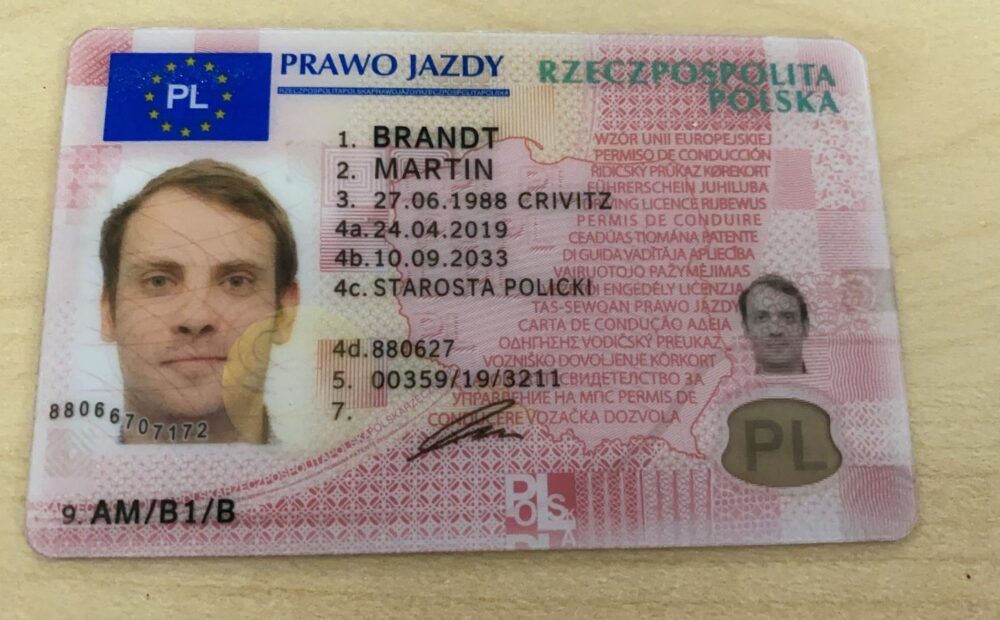The Evolution of Driving License Storage: A Comprehensive Guide
In the ever-evolving landscape of technology and administration, the way we handle and keep our driving licenses has actually undergone considerable modifications. From traditional paper cards to digital formats, the journey of driving license storage reflects wider trends in identity management and security. This post explores the history, present practices, and future prospects of driving license storage, offering a comprehensive summary for both people and policymakers.
A Brief History of Driving Licenses
The principle of a driving license go back to the early 20th century when automobiles began to get popularity. Initially, driving licenses were simple papers or metal plates released by local authorities. These early licenses were frequently handwritten and lacked the security features we take for approved today.
As the number of lorries on the road increased, so did the need for more standardized and safe licensing systems. By the mid-20th century, numerous countries had embraced plastic cards with printed details and standard security features such as holograms and watermarks. These cards were more durable and harder to create, but they still had constraints.
Current Practices in Driving License Storage
Today, driving licenses are normally kept in a mix of physical and digital formats. Here's a better look at the present practices:
Physical Licenses
- Plastic Cards: Most nations issue driving licenses in the type of plastic cards. These cards are resilient and consist of a variety of security features to avoid counterfeiting.
- Holograms and Microprinting: Modern licenses frequently integrate holograms and microprinting, which are difficult to replicate without specialized devices.
- Barcodes and QR Codes: Many licenses now consist of barcodes or QR codes that can be scanned to confirm the authenticity of the file and gain access to extra details.
Digital Licenses
- Mobile Apps: Some countries have actually presented digital driving licenses that can be kept on smartphones. These apps supply a safe and hassle-free way to bring and provide a driving license.
- Blockchain Technology: Blockchain is being explored as a means to produce tamper-proof digital driving licenses. Karta Xpress Poland guarantees that the information is immutable and can be verified without the need for a central authority.
- Cloud Storage: Some jurisdictions are explore cloud-based systems where driving license details is saved and accessed through protected online portals.
Benefits and Challenges of Modern Driving License Storage
The shift to modern driving license storage techniques brings numerous benefits and obstacles:
Benefits:
- Convenience: Digital licenses can be easily accessed and provided utilizing a smart device, removing the need to carry a physical card.
- Security: Advanced security functions and digital verification techniques make it more difficult to forge or alter driving licenses.
- Performance: Digital systems can enhance the process of issuing and restoring licenses, reducing administrative problems and wait times.
Obstacles:
- Digital Divide: Not everyone has access to a smart device or the web, which can create variations in who can gain from digital licenses.
- Privacy Concerns: Storing personal info in digital formats raises concerns about data personal privacy and security.
- Technical Issues: Digital systems can be susceptible to technical failures, such as server outages or app crashes, which can render a digital license briefly unusable.
Future Prospects
The future of driving license storage is most likely to be shaped by continuous technological advancements and altering societal requirements. Here are some potential developments:
- Biometric Integration: Biometric information, such as finger prints or facial acknowledgment, could be incorporated into driving licenses to boost security and personal recognition.
- Smart Contracts: Blockchain-based smart agreements could automate the process of license renewal and validation, making it more efficient and transparent.
- International Standardization: As more countries adopt digital driving licenses, there might be a push for global requirements to make sure interoperability and shared recognition.
Frequently asked questions
Q: What are the primary security features of modern-day driving licenses?
- A: Modern driving licenses frequently include holograms, microprinting, barcodes, and QR codes. These features make it hard to create or modify the license.
Q: Can I utilize a digital driving license instead of a physical one?
- A: It depends upon the jurisdiction. Some countries enable digital licenses to be used in location of physical ones, while others need both. Always inspect local policies.
Q: What should I do if I lose my driving license?
- A: If you lose your driving license, you should report it to the pertinent authority immediately. They will guide you through the procedure of acquiring a replacement.
Q: Are digital driving licenses secure?
- A: Digital driving licenses are generally safe and secure, however they are not unsusceptible to technical concerns or hacking. The majority of jurisdictions utilize file encryption and other security procedures to secure the data.
Q: How can I protect my privacy with a digital driving license?
- A: To secure your privacy, utilize strong passwords, allow two-factor authentication, and beware about sharing your digital license information. In addition, remain notified about the information personal privacy policies of the app or service you utilize.
The advancement of driving license storage is a testament to the ongoing advancements in technology and administration. While physical licenses stay a typical kind of recognition, the increase of digital licenses offers new levels of benefit and security. As technology continues to advance, the future of driving license storage is most likely to become much more integrated and efficient, benefiting both individuals and society as a whole.

